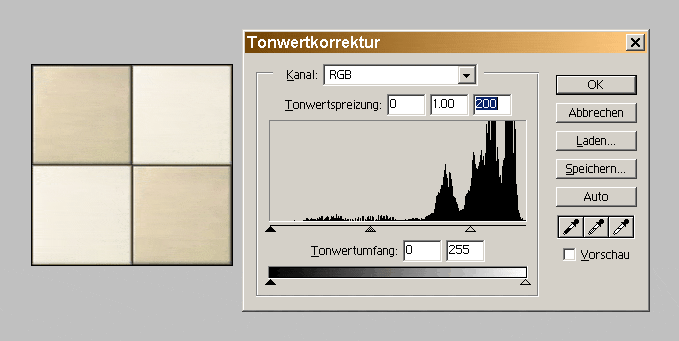Hi,
the theory says: the brightest white of the real world reflect approx. max. 80% of the light. So I set every white surface at (200,200,200). But my textures use the color space from 0 ... 255. In the past I have set the texture color black and the texture multiplier at 0.8. I
I ask me, if I don't like to set every texture at 0.8, can I use the secondary GI engine multiplier instead? Could I work physical correct with pure white (255,255,255) surfaces, if I set the secondary GI engine at 80%?
Ciao Micha
the theory says: the brightest white of the real world reflect approx. max. 80% of the light. So I set every white surface at (200,200,200). But my textures use the color space from 0 ... 255. In the past I have set the texture color black and the texture multiplier at 0.8. I
I ask me, if I don't like to set every texture at 0.8, can I use the secondary GI engine multiplier instead? Could I work physical correct with pure white (255,255,255) surfaces, if I set the secondary GI engine at 80%?
Ciao Micha

Comment